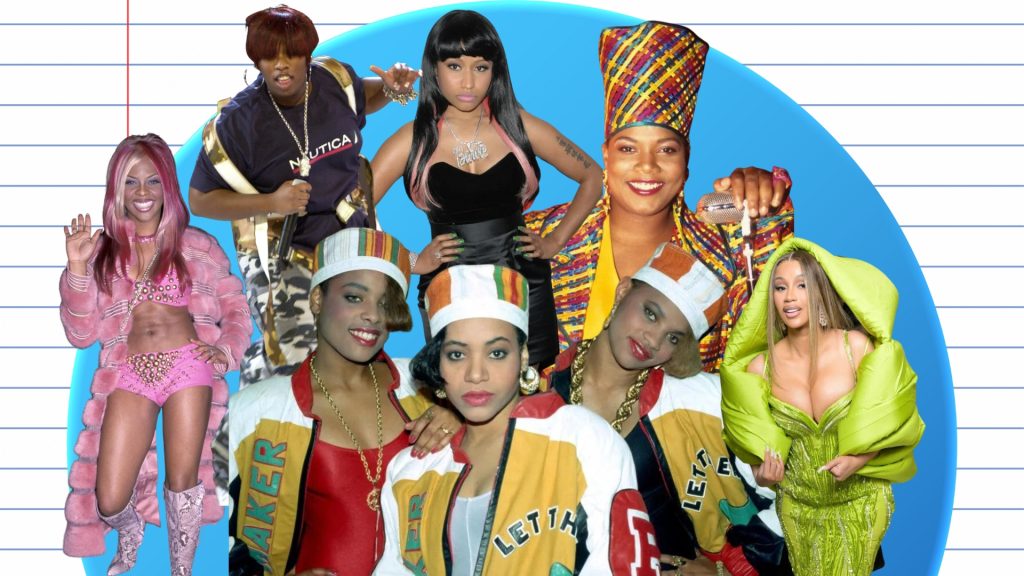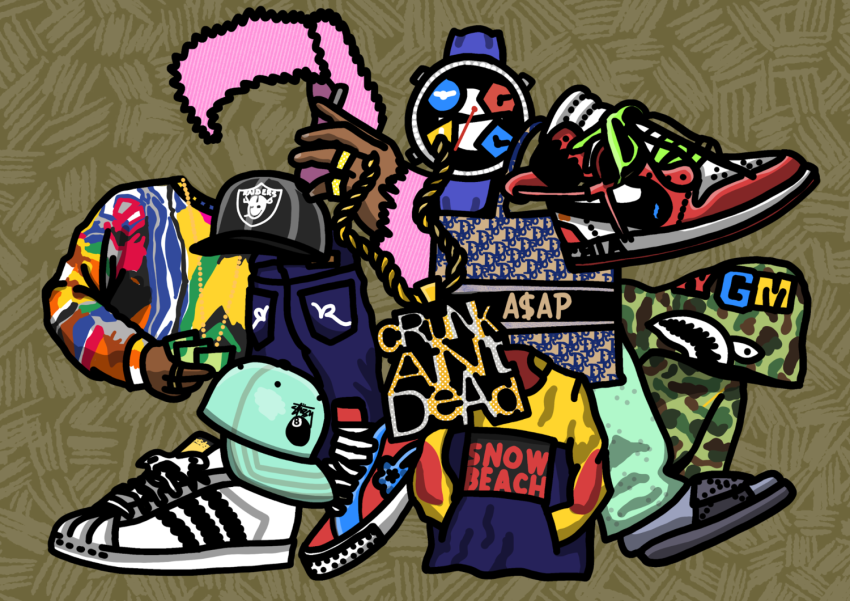In the ever-evolving fashion world, few subcultures have impacted as profoundly as hip-hop. From its humble beginnings in the Bronx during the 1970s to its global influence today, hip-hop fashion has transformed remarkably, leaving an indelible mark on the industry. In this comprehensive article, we delve into the fascinating journey of hip-hop fashion, exploring its roots, pivotal moments, and enduring influence on the world of style.
The Birth of Hip-Hop Fashion
Hip-hop emerged as a cultural movement in the South Bronx in the early 1970s. It was a response to the socioeconomic challenges African-American and Latino communities faced at the time. This nascent movement incorporated music, dance, and art elements, all of which would play a significant role in shaping its unique fashion sense.
Street Style Revolution
At its core, hip-hop fashion has always been about self-expression and authenticity. In the early days, it was a rebellion against mainstream fashion norms. Baggy jeans, oversized shirts, and sneakers became the signature look of hip-hop enthusiasts. The streets became the runway, and this street-style revolution would soon captivate the world.
The 1980s: The Golden Era of Hip-Hop Fashion
The 1980s marked a pivotal moment in the evolution of hip-hop fashion. During this decade, the genre exploded into popular culture, bringing with it a slew of iconic fashion trends.
Logomania Takes Center Stage
One of the defining features of ’80s hip-hop fashion was the prominence of logos. From brands like Adidas and Nike to luxury labels like Gucci and Louis Vuitton, logos were proudly displayed on clothing and accessories. This era embraced conspicuous consumption, and logo-emblazoned attire symbolized status and success.
The Influence of Streetwear
Streetwear brands like FUBU, Karl Kani, and Cross Colours emerged during this era, catering specifically to the hip-hop community. These brands not only captured the essence of the culture but also played a crucial role in defining it. Bold colors, graphic prints, and baggy silhouettes became synonymous with hip-hop style.
The 1990s: A Decade of Diversity
As hip-hop continued to evolve, the 1990s brought a more diverse range of styles and influences into the mix.
West Coast vs. East Coast
The rivalry between West Coast and East Coast hip-hop scenes extended to fashion. West Coast artists embraced a laid-back, casual style with khakis and flannel shirts, while their East Coast counterparts favored a grittier, more rugged aesthetic with Timberland boots and oversized denim.
High-End Meets Streetwear
The ’90s saw hip-hop artists like Puff Daddy (now known as Diddy) and Jay-Z usher in a new era of luxury streetwear. Brands like Sean John and Rocawear blended high-end fashion with urban sensibilities, making it clear that hip-hop fashion could be aspirational and relatable.

The 2000s and Beyond Global Domination
In the 21st century, hip-hop fashion transcended borders and became a global phenomenon. It was no longer confined to the streets of New York or Los Angeles; it had become a cultural force to be reckoned with worldwide.
International Influence
As hip-hop music spread to every corner of the globe, so did its fashion. Artists from different countries incorporated unique cultural elements into hip-hop, creating a vibrant tapestry of influences. From K-pop to Afrobeat, the fusion of global styles became a hallmark of contemporary hip-hop fashion.
High Fashion Collaborations
In recent years, luxury fashion houses have recognized the power and influence of hip-hop culture. Collaborations between high-end brands and hip-hop artists, such as Louis Vuitton partnering with Virgil Abloh, have blurred the lines between streetwear and luxury fashion.
Conclusion
The evolution of hip-hop fashion is a testament to the enduring power of self-expression and cultural influence. From its humble beginnings in the Bronx to its global domination, hip-hop fashion has shaped how we dress, challenged societal norms, and celebrated diversity.
Hip-hop remains a beacon of creativity, authenticity, and individuality in the ever-changing fashion landscape. Its influence continues to resonate, and as long as voices are yearning to be heard and stories to be told, hip-hop fashion will amplify them.
